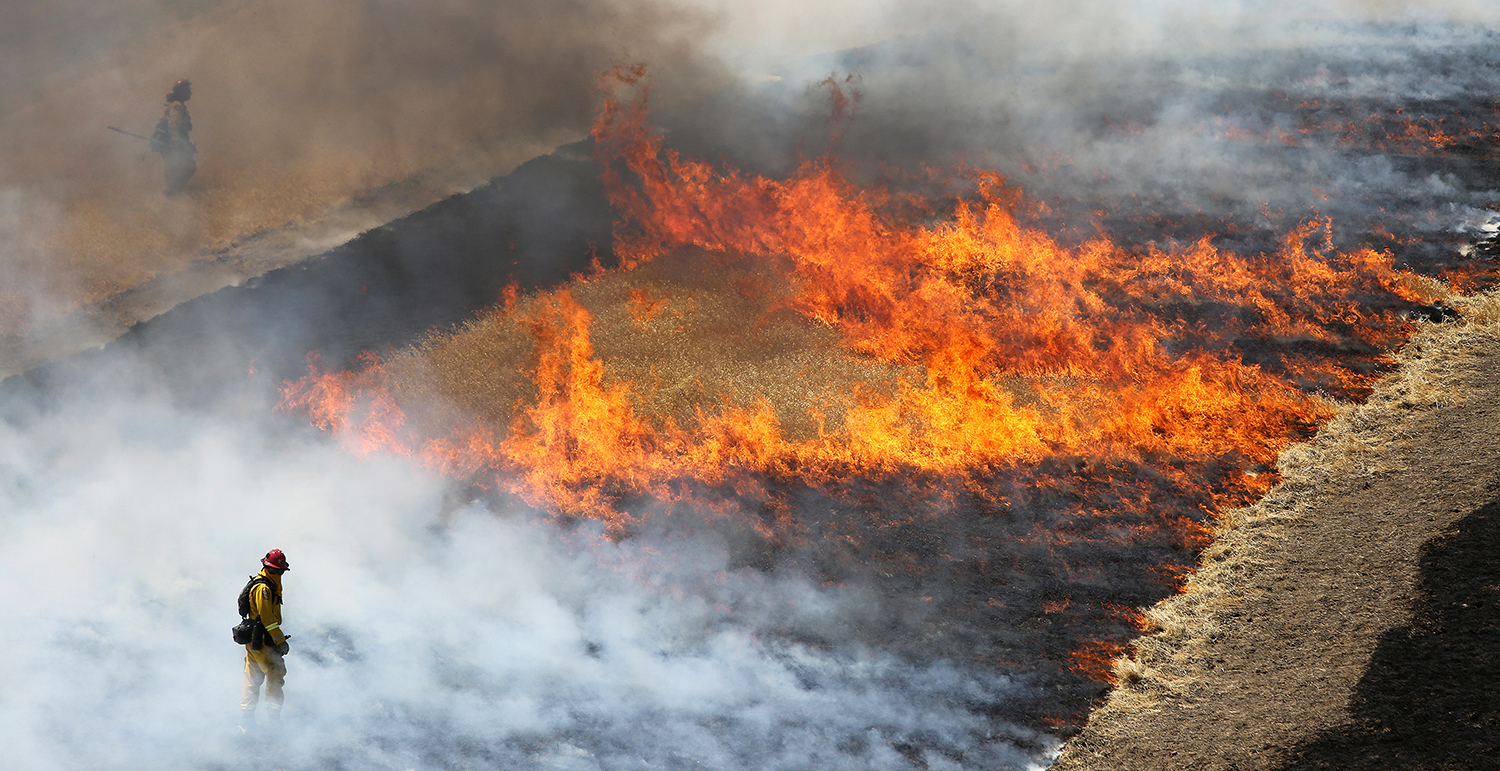CAL FIRE and BLM Join Forces to Work Across Jurisdictions on Forest and Fuels Management Projects

CAL FIRE and BLM Join Forces to Work Across Jurisdictions on Forest and Fuels Management Projects
Through a nationwide initiative known as the Good Neighbor Authority, CAL FIRE and the BLM have entered a statewide agreement and contract worth approximately $4.5 million, made available to CAL FIRE as part of the agreement. The primary objective of this contract is to mitigate the potential devastation caused by wildfires specifically on BLM lands. By joining forces, the agencies can pair similar goals of separate projects on adjacent or nearby lands and further reduce the risks associated with wildfires while improving overall ecosystem health.
BLM Signs Environmental Assessment to Streamline Fuels Reduction Projects
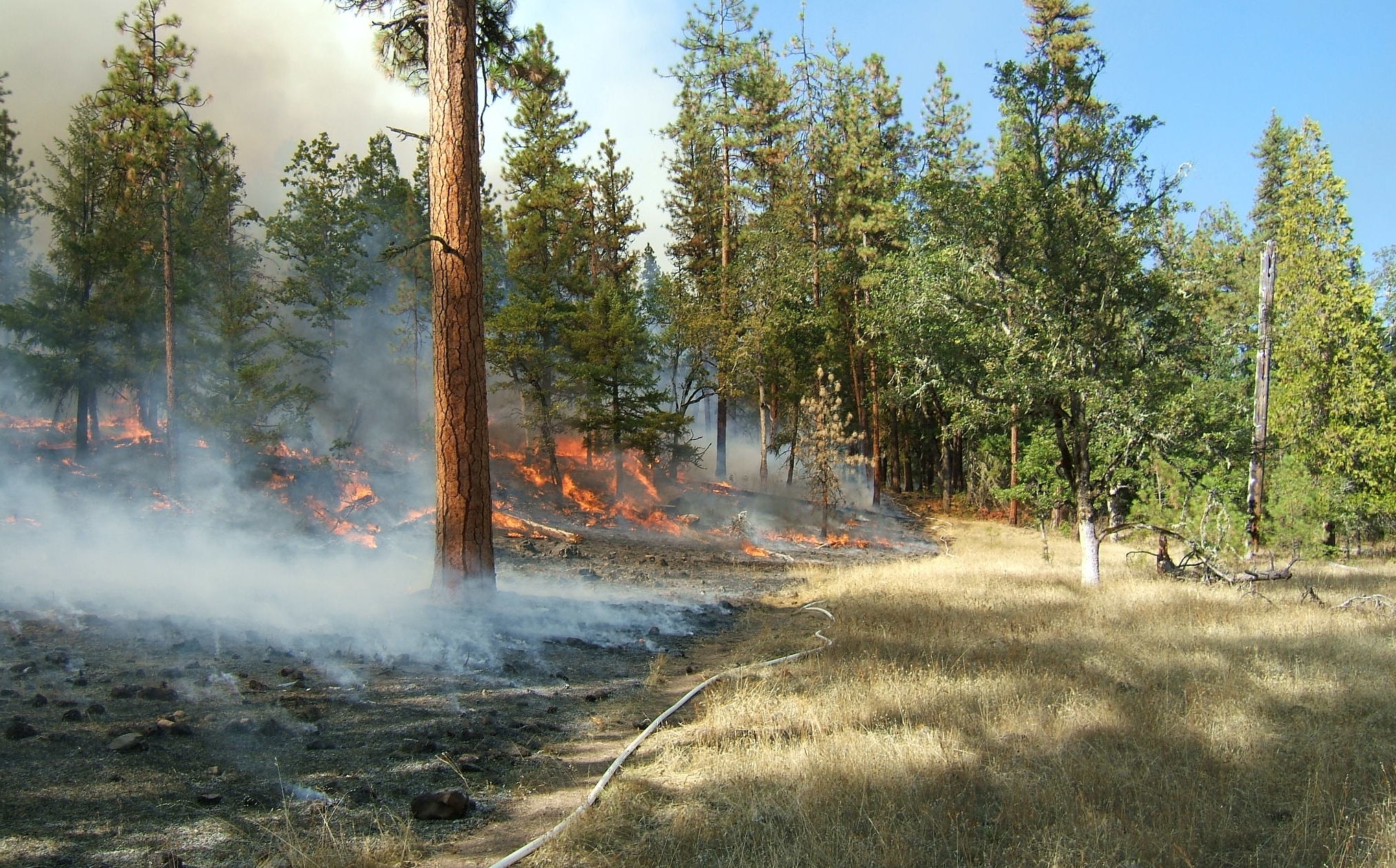
BLM Signs Environmental Assessment to Streamline Fuels Reduction Projects
Taking an aggressive approach to reduce wildfire risk in California and northwest Nevada, the Bureau of Land Management signed the Statewide Wildland-Urban Interface Fuels Treatment Programmatic Environmental Assessment.
Several years in the making, the Assessment will streamline planning processes allowing fuels reduction projects to move forward quickly when funding is available. This tool will be accessible to other organizations that want to coordinate fuels treatments adjacent to BLM lands, such as fire safe councils and private landowners. It’s estimated the Assessment will allow an additional 20,000 acres of public land to be treated each year, bringing the Task Force closer to reaching target milestones in the Fire-Adapted Communities Key Action areas.
On August 8, 2023 BLM officials signed a Decision Record signing to signify the beginning of the Assessments’s implementation.
The fuels reduction project that this Assessment will help streamline aims to reduce the intensity, severity, and the spread of wildfire on public lands by reducing overgrowth, creating fuel breaks and thinning forest density. As a result, communities in and around BLM lands will experience reduced likelihood of loss of life, property, and community infrastructure from wildfires.
Prescribed Fire Liability Claims Fund Pilot
Prescribed FireLiability Claims Fund Pilot
The Need
One of the primary obstacles to increasing the use of prescribed and cultural fires in California is the difficulty of obtaining adequate liability coverage. While escape rates are very low, there is always some risk when working with fire. Liability coverage protects qualified practitioners, property owners, and the public from the associated financial risk. However, many practitioners on private or tribal land are unable to obtain affordable private insurance for beneficial fire operations.
The Legislation
In September 2022 Governor Newsom signed into law SB 926, which established a pilot Prescribed Fire Claims Fund. This legislation authorizes claims covering certain losses arising from prescribed fires and cultural burning until January 1, 2028. This claims fund is intended to both encourage increased beneficial fire use and demonstrate that prescribed and cultural burning is low risk, to entice private insurers back into the market.
The Fund
Administered by CAL FIRE, the $20 million allocated for the Prescribed Fire Liability Claims Fund Pilot will cover losses in the rare instance that a prescribed or cultural burn escapes control, providing up to $2 million in coverage for prescribed fire projects led by a qualified burn boss or cultural practitioner. The fund is meant to demonstrate that carefully planned, resourced, and implemented beneficial fire is a low-risk land management tool to mitigate high-severity wildfires and promote healthy and resilient landscapes.
To Enroll
Enrollment in the Fund is done by completing the California Prescribed Fire Claims Fund Online Application. To be eligible to enroll in the Fund, a prescribed fire must be conducted or supervised by a Burn Boss or a Cultural Fire Practitioner for a Cultural Burn.
Questions
CAL FIRE offers a detailed set of Frequently Asked Questions, covering everything from enrollment, application approval, claims submissions, coverage limits and much more.
RESOURCES
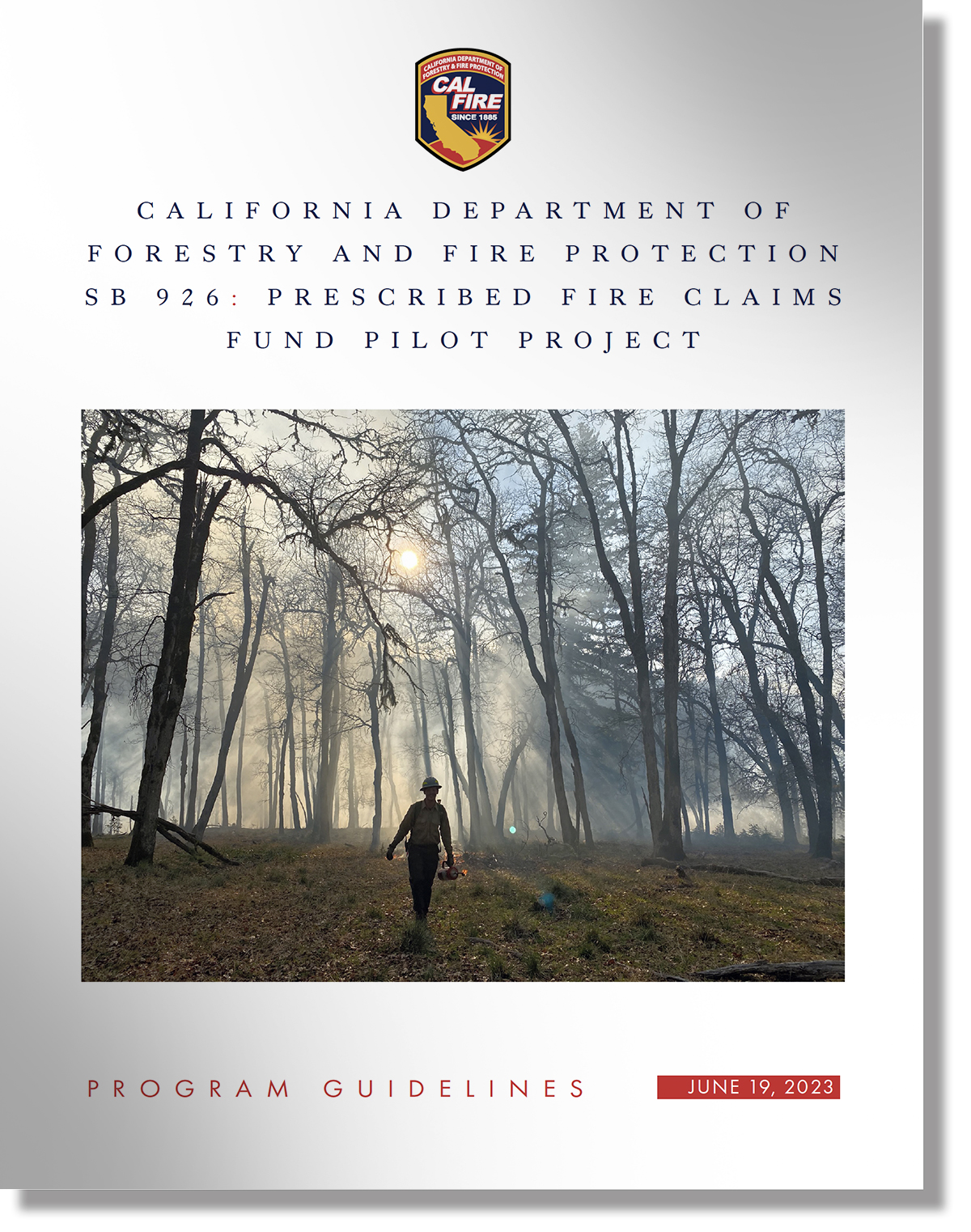
Interview with Lenya Quinnn-Davidson on the Prescribed Fire Claims Fund
California Takes a Big Step to Help Insure Private Companies That Fight Fire With Fire
State Agencies Fund Wildfire Resilience, Habitat Restoration and Conservation Projects
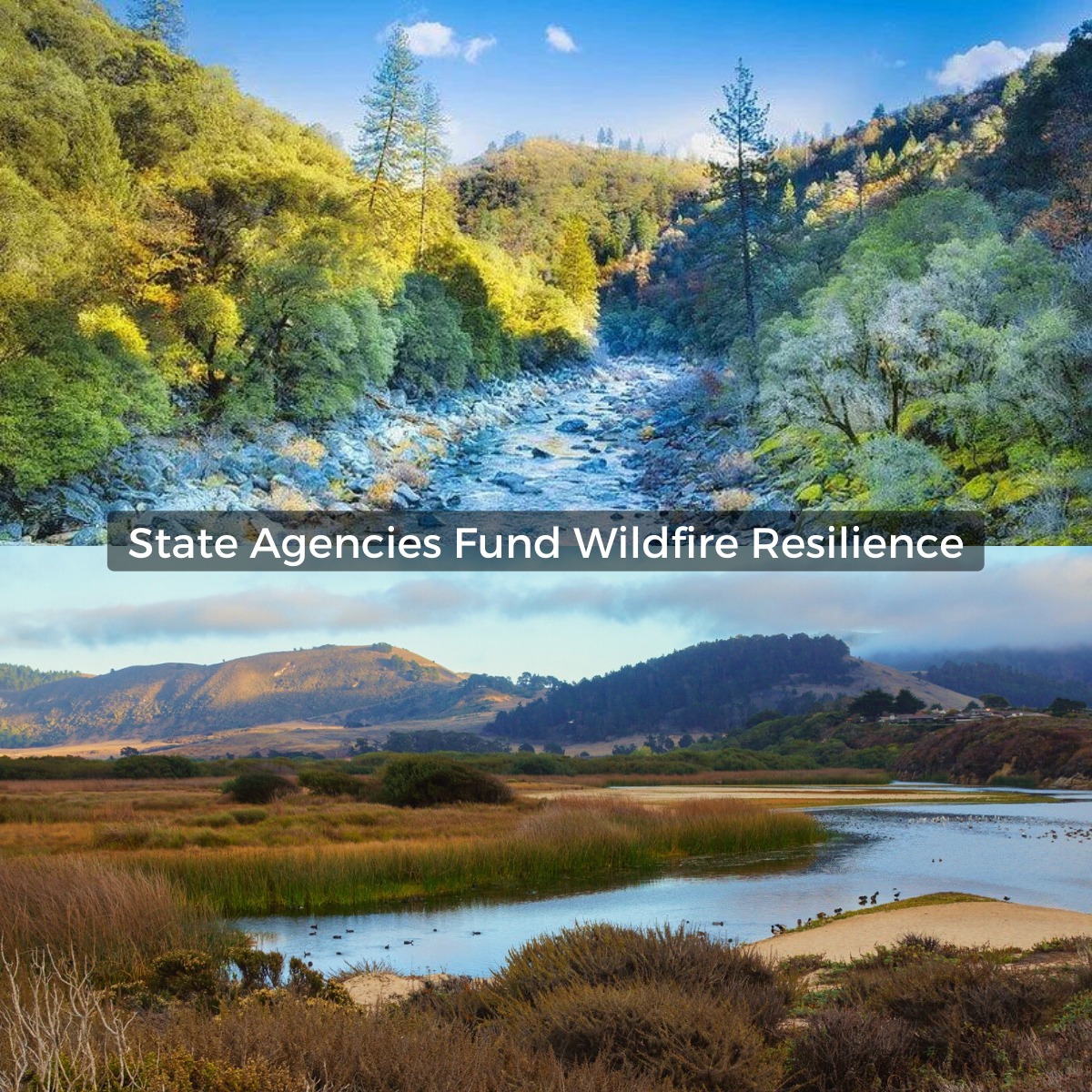
State Agencies Fund Wildfire Resilience, Habitat Restoration and Conservation Projects
State Agencies Fund Wildfire Resilience, Habitat Restoration and Conservation Projects:
State Coastal Conservancy $78 Million for Climate Resilience, Public Access, Habitat Restoration and Wildfire Resilience: On June 1, the State Coastal Conservancy approved nearly $78 million for 34 projects to protect and restore coastal lands, increase coastal resilience to climate change, improve public access to the coast, and reduce the impact of wildfire on coastal lands.
SNC Approves $22.5 Million to Build Resilience, Boost Recreation, and Conserve Land: On June 1, the Sierra Nevada Conservancy (SNC) approved roughly $22.5 million for 24 different projects that will benefit wildfire recovery and forest resilience, expand recreation opportunities, and conserve strategic land throughout California’s Sierra-Cascade region.
State and Federal Agencies Make Significant Investments in Urban Greening
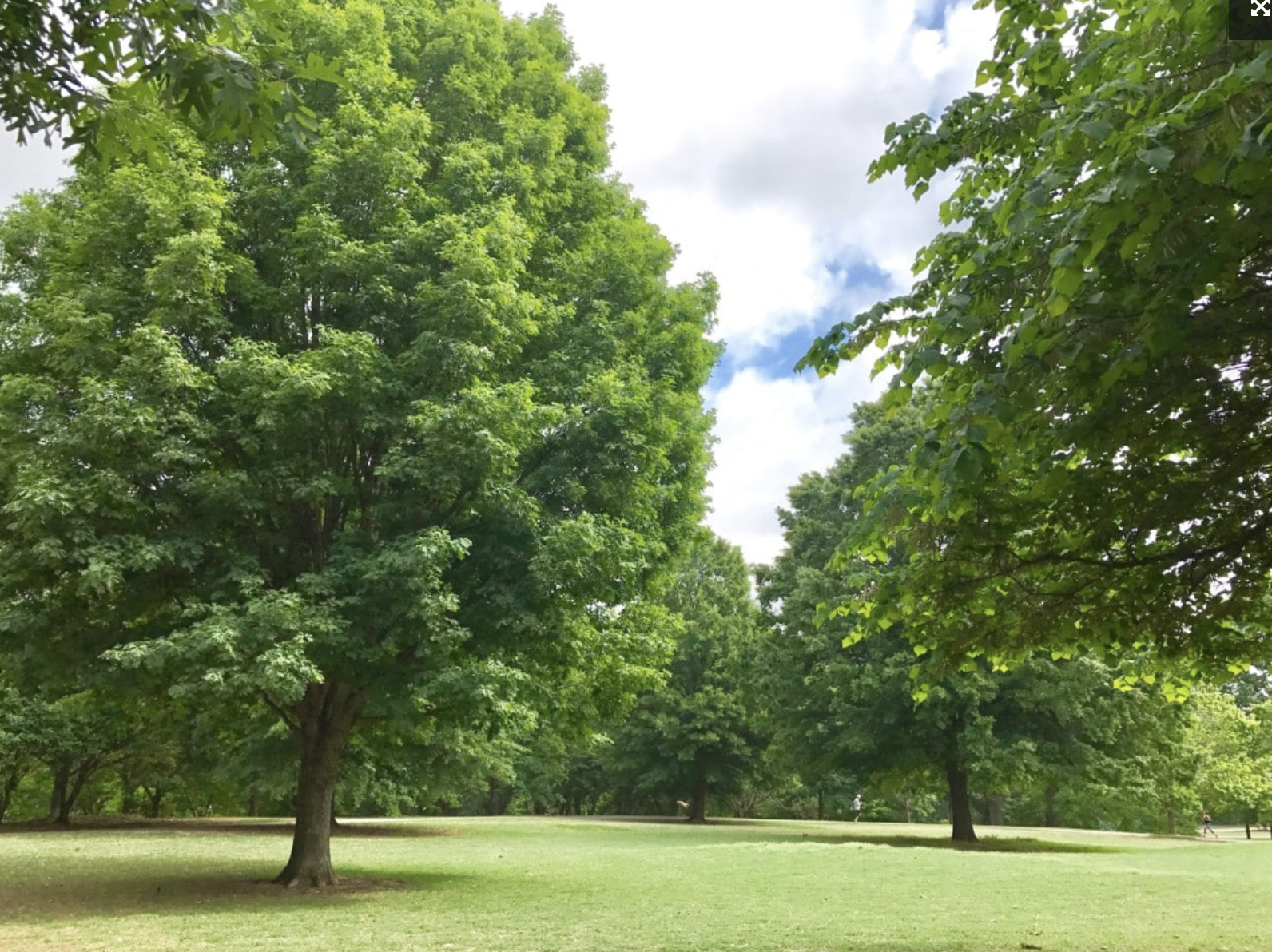
State and Federal Agencies Make Significant Investments in Urban Greening
USFS Grants Will Increase Equitable Access to Urban Tree Canopy: The U.S. Forest Service is requesting proposals from entities that are working to provide equitable access to trees and green spaces and the benefits they provide. The funding, made possible by the Inflation Reduction Act, is part of a $1.5 billion investment in the USFS’ Urban and Community Forestry Program. Of the total funding, the USFS is allocating nearly $47 million directly to the Pacific Southwest Region — $43.2 million to California. The application period ends June 1.
CNRA Invests Over $47 Million in Urban Greening: On April 6, the California Natural Resources Agency (CNRA) awarded 23 grants totaling $47.5 million through the Urban Greening Grant Program. The selected projects will create more sustainable communities by using natural and green infrastructure approaches, such as replacing schoolyard asphalt with native trees, plants, pollinator gardens and nature-based outdoor play areas, restoring wetlands or riparian corridors, or constructing new commuter paths to reduce vehicles miles traveled.
CAL FIRE Forest Health Awards
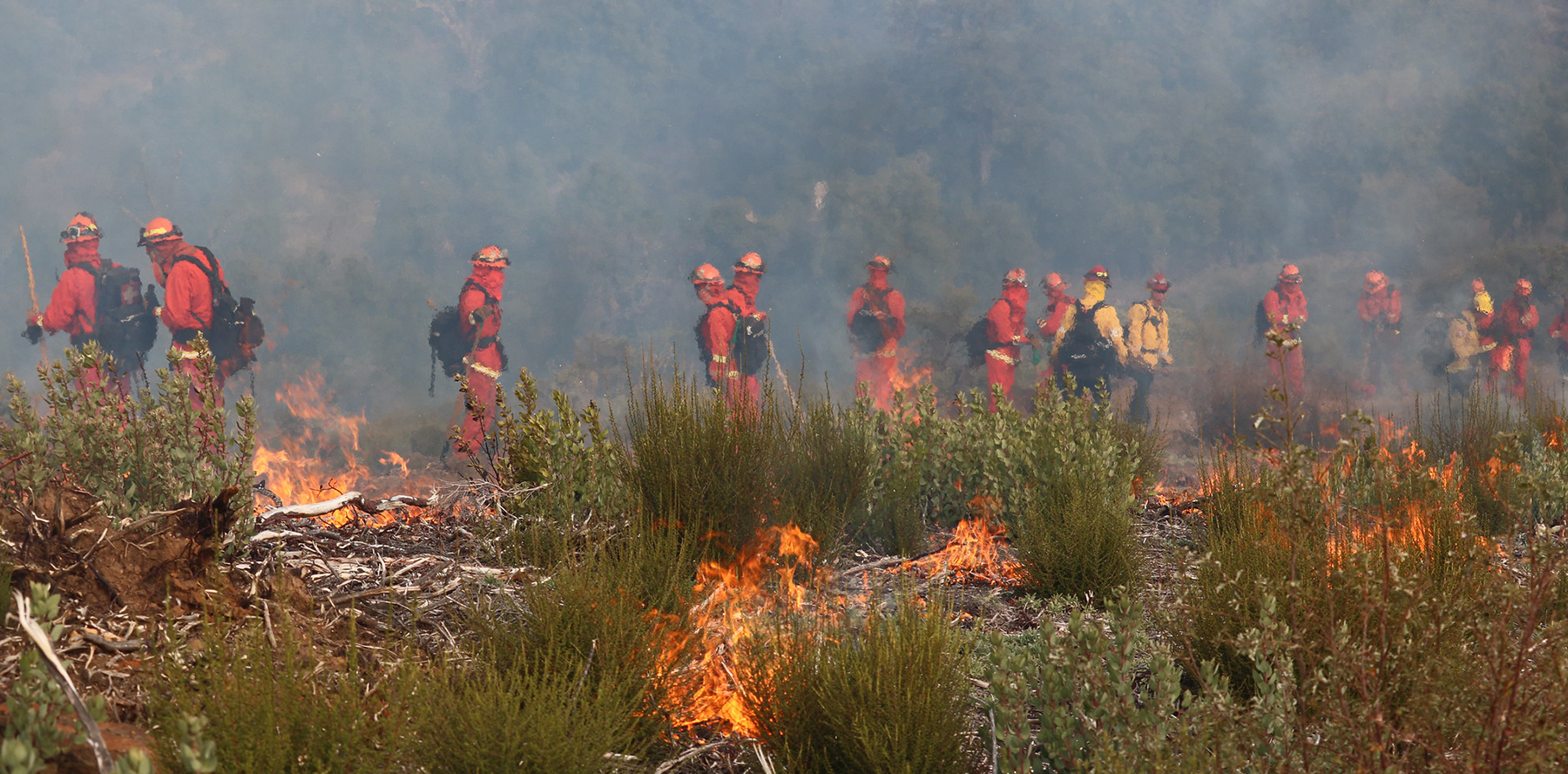
CAL FIRE Awards $142 Million For Critical Wildfire Resilience Projects Statewide
CAL FIRE recently announce that $142.6 million has been awarded for statewide investments in projects intended to enhance carbon storage while restoring the health and resilience of existing and recently burned forests throughout California.
CAL FIRE’s Forest Health Program awarded 27 grants to local and regional partners implementing projects on state, local, tribal, federal, and private lands spanning over 75,000 acres and 24 counties. Fuels reduction and prescribed fire treatments funded under these grants are aimed at reducing excess vegetation and returning forest and oak woodlands to more fire, drought, and pest-resilient conditions.
“These investments demonstrate CAL FIRE’s ability to deliver on the Governor’s Action Plan and are vital to protect the health of our forests and the safety of our communities.”
– Patrick Wright, Director, California Wildfire & Forest Resilience Task Force
Wildfire & Forest Resilience Treatment Tracking and Mapping
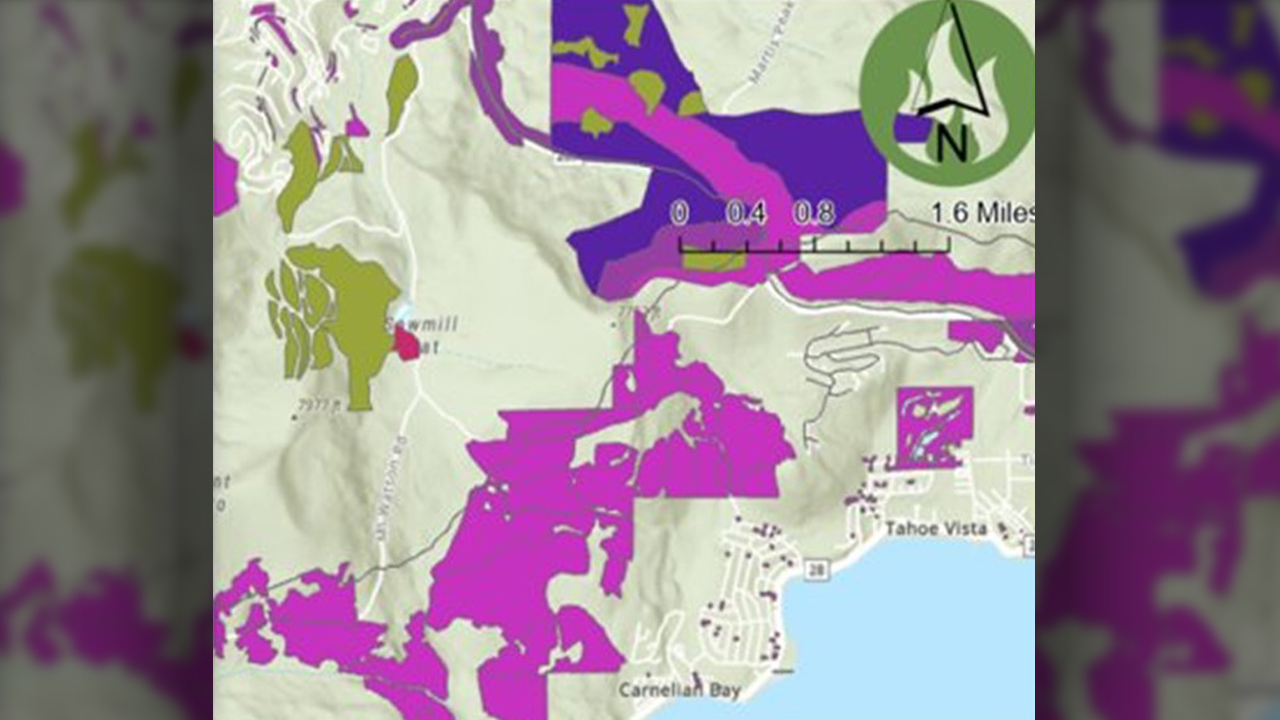
Wildfire & Forest Resilience Treatment Tracking and Mapping
At the March 30 Task Force meeting, the Task Force’s Monitoring, Reporting and Assessment Work Group gave an update on their efforts to build an interagency treatment tracker. The group is assembling federal, state, local, private data on planned, active, and completed projects statewide, including those on forests, grasslands, shrublands, and covering approximately 60 different activities (type of work completed). The goals include tracking progress toward state/federal acreage targets; facilitating regional planning and monitoring; and assessing benefits/costs beyond “acres treated.” The Task Force anticipates having a publicly available treatment tracking map and dashboard by summer 2023.
RESOURCES
Planscape now lives on the Task Force website
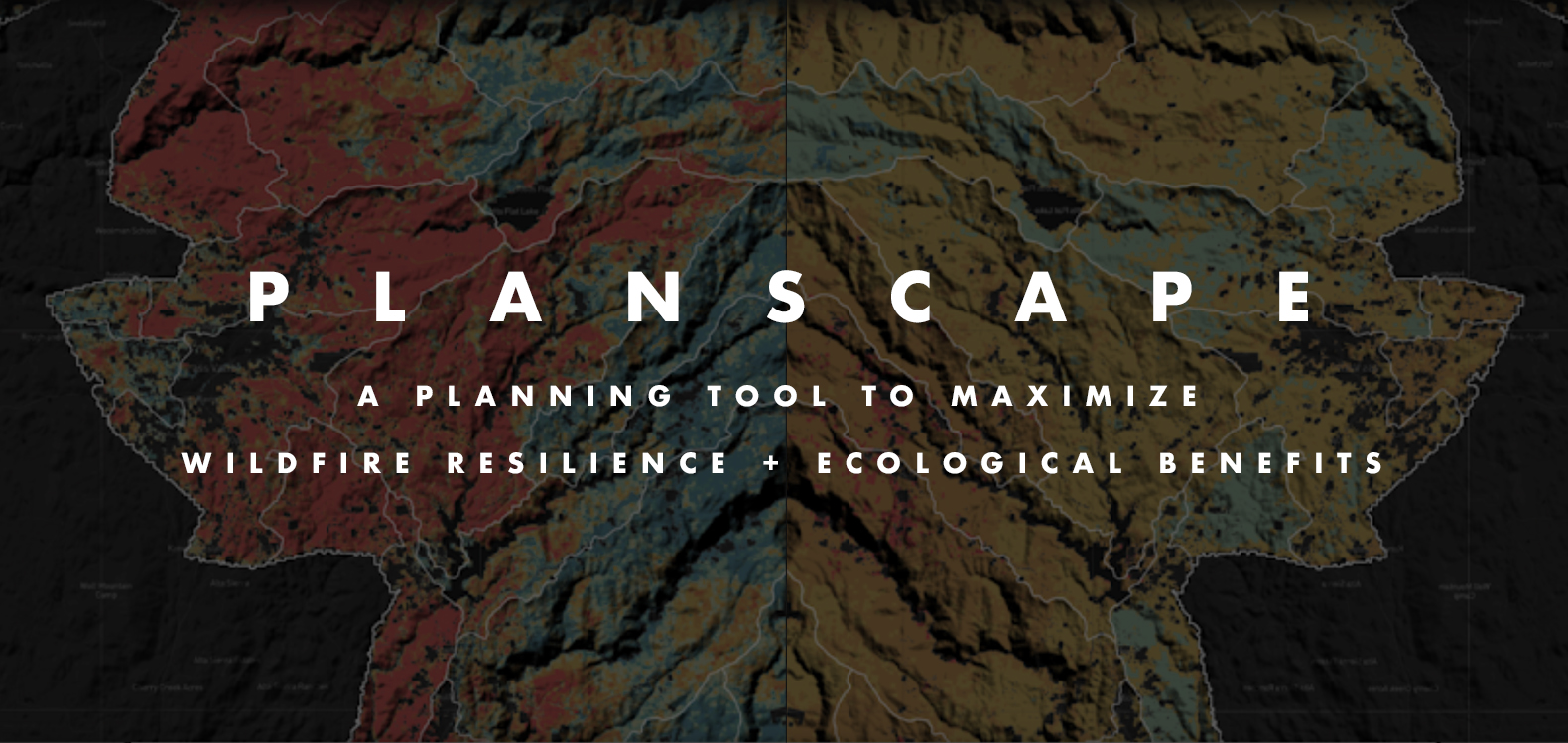
Planscape Now Lives on the Task Force Website
A collaborative effort between CA Natural Resources Agency, USFS, UC Berkeley, Spatial Informatics Group and Google.org, Planscape is a decision support tool that empowers regional planners to prioritize resilience treatments across the landscape and inform the funding process. Planscape partners provided a demonstration of the tool at the March 30 Task Force meeting. This version of the tool is available for beta testing, with the region-specific scenarios released this summer through fall.
RESOURCES
California's Year in Fire
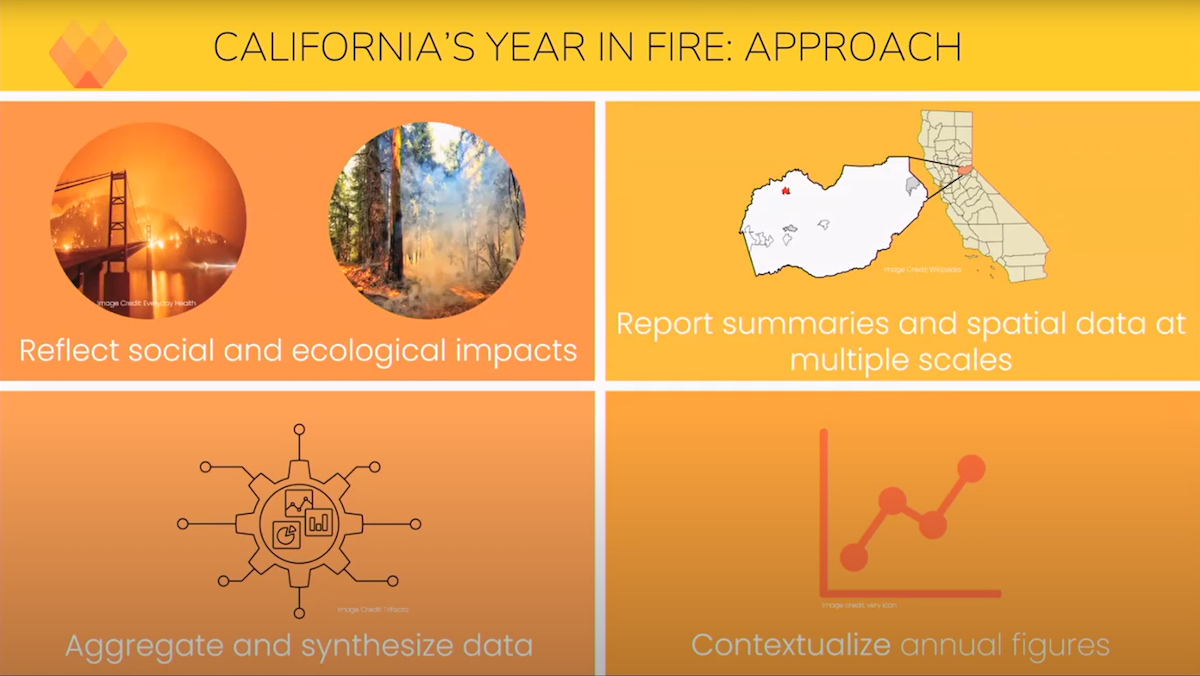
California's Year in Fire
One of the highlights from the March 30 Task Force meeting was a preview of the Annual Wildfire Data Explorer which depicts California’s Year in Fire. A project of the Climate and Wildfire Institute, UC Berkeley’s Center for Law, Energy & the Environment and the Gordon and Betty Moore Foundation, California’s Year in Fire is a framework that works to more comprehensively account for annual wildfire impacts on social and ecological systems. This project will help decision makers better understand how wildfire impacts are trending and identify areas where we need additional investment. Next step in this project is to finalize the documentation for public review, with the results eventually housed on a public-facing website, updated annually. Sign up for updates.
USFS Invests Nearly $200M to Reduce Wildfire Risk to Communities
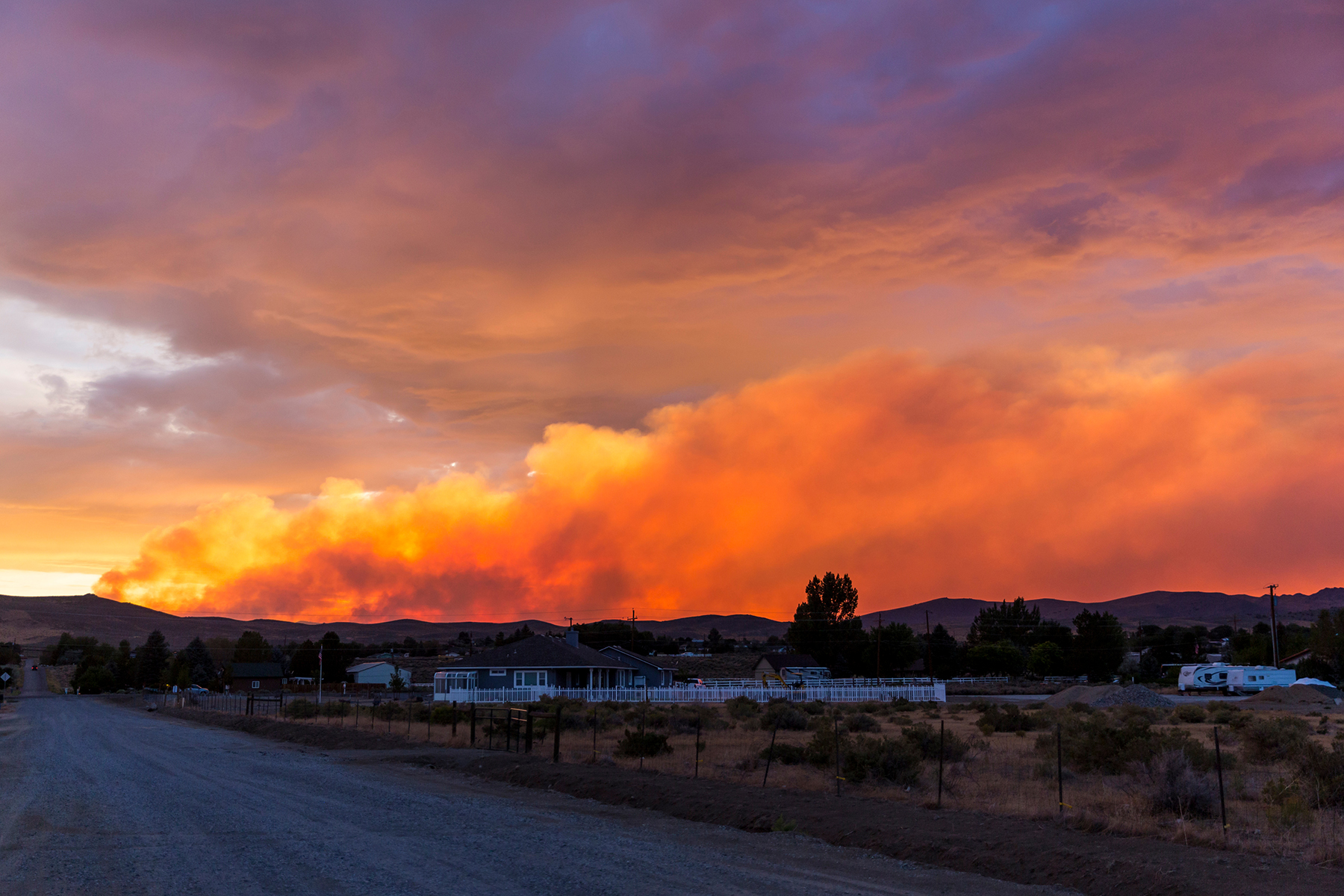
USFS Invests Nearly $200M to Reduce Wildfire Risk to Communities
USFS Invests Nearly $200M from the Bipartisan Infrastructure Law to Reduce Wildfire Risk to Communities across State, Private and Tribal Lands: On March 20, Agriculture Secretary Tom Vilsack announced $197M in funding for 100 projects across 22 states and seven tribes as part of the Community Wildfire Defense Grant program. Grants to California counties, cities and tribes totaled over $97M across 22 projects including: $10M in Tuolumne County; nearly $10M in Siskiyou County; $9.9M in Lake County; $7.2 M to the City of Ukiah and Mendocino County; $6.8 in Plumas County; and $6.4M in Butte County. Originally announced in 2022, the Community Wildfire Defense Grant Program makes $1 billion available over five years to assist communities impacted by severe disaster, those with high or very high wildfire hazard potential or classified as low income.

